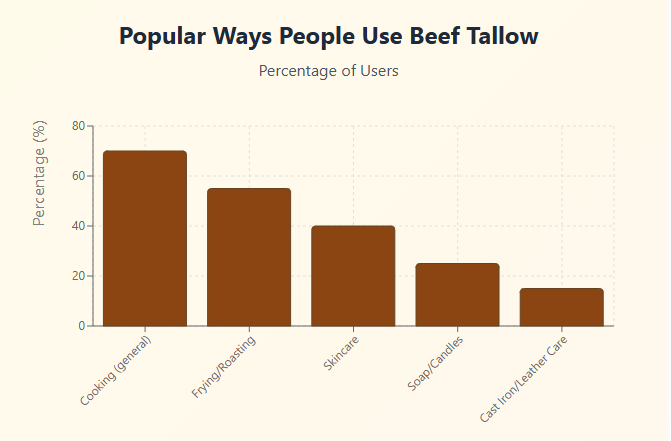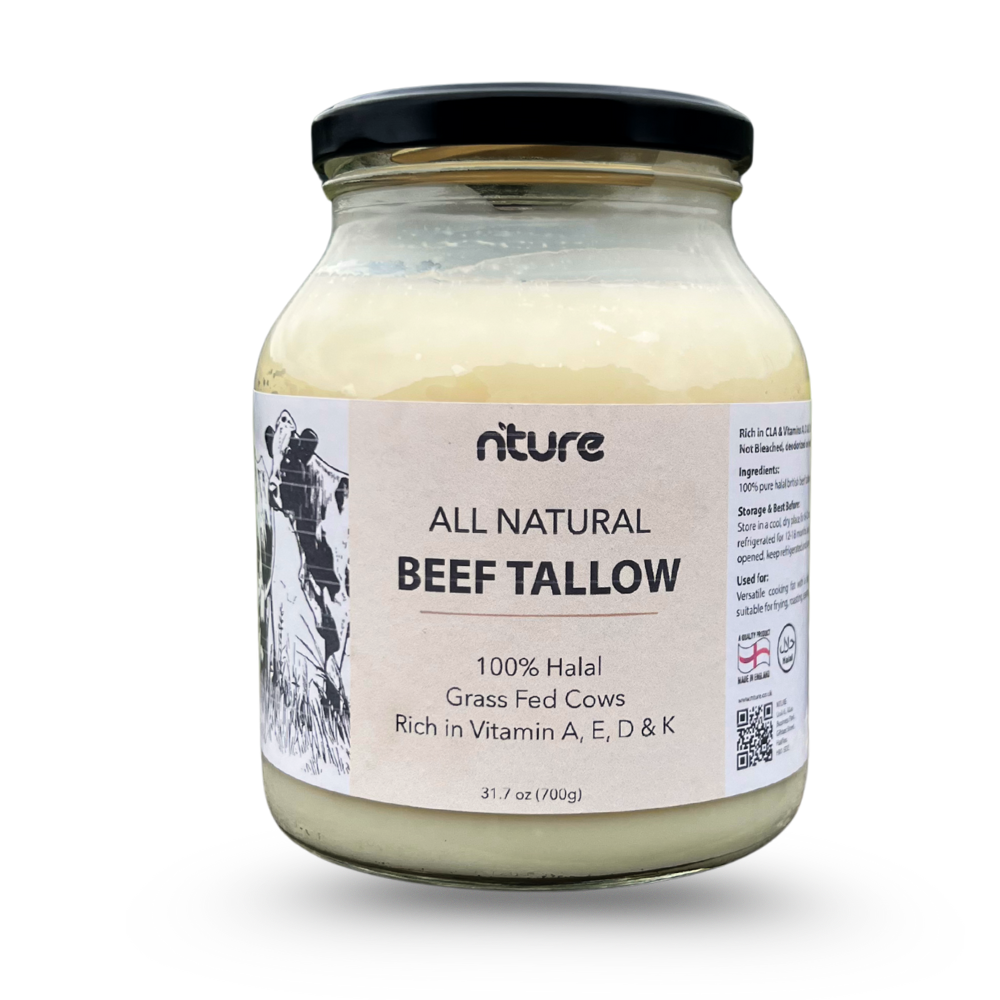Is beef tallow good for frying?
How Do You Use Beef Tallow? The Complete Guide to Cooking, Skincare, and Beyond
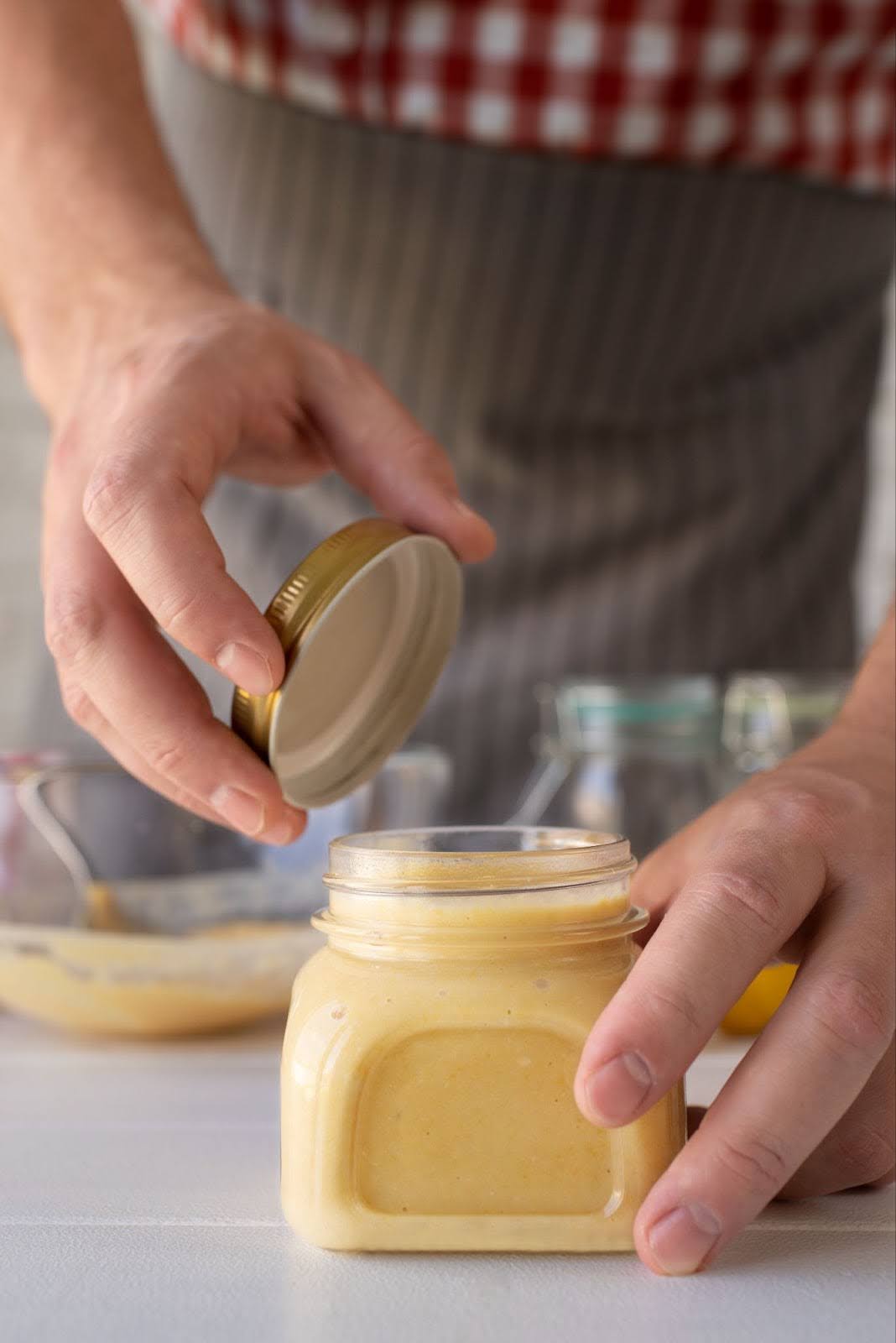
What Is Beef Tallow?
What Affects How You Can Use Beef Tallow?


Quality and Rendering Process
The Quality of Your Beef Tallow Matters
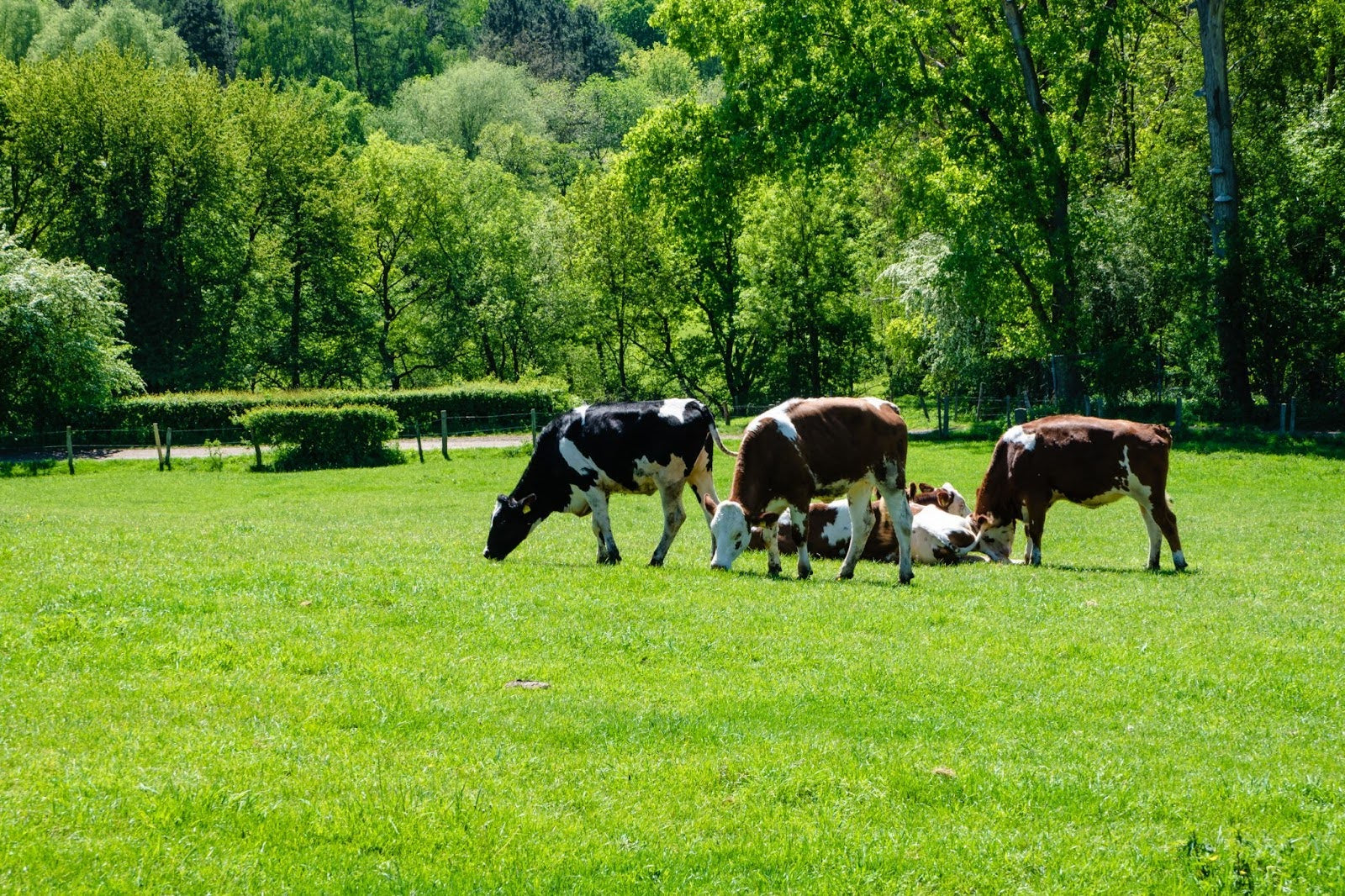
So, How Do You Use Beef Tallow?
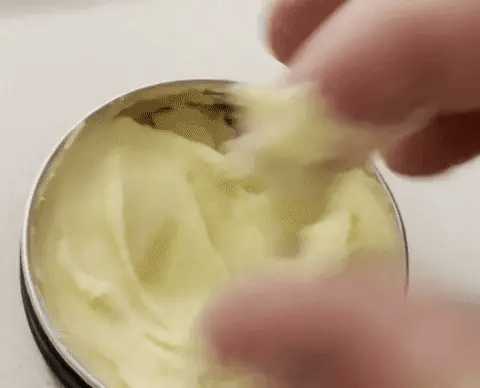
Signs Your Beef Tallow May Have Gone Bad
How to Store Beef Tallow for Maximum Shelf Life
Comparing Beef Tallow with Other Common Cooking Fats
| Fat Type | Room Temperature Shelf Life |
Refrigerated Shelf Life |
Common Uses |
|---|---|---|---|
| Beef Tallow | 6–12 months | 12–24 months | Frying, roasting, seasoning, skincare |
| Lard | 6–12 months | 12–18 months | Baking, frying |
| Butter | 1–2 weeks | 1–3 months | Cooking, baking |
| Coconut Oil | 1–2 years | Not typically refrigerated | Cooking, baking, skincare |
| Olive Oil | 6–12 months | Up to 12 months | Dressings, sautéing |
Popular Ways People Use Beef Tallow
